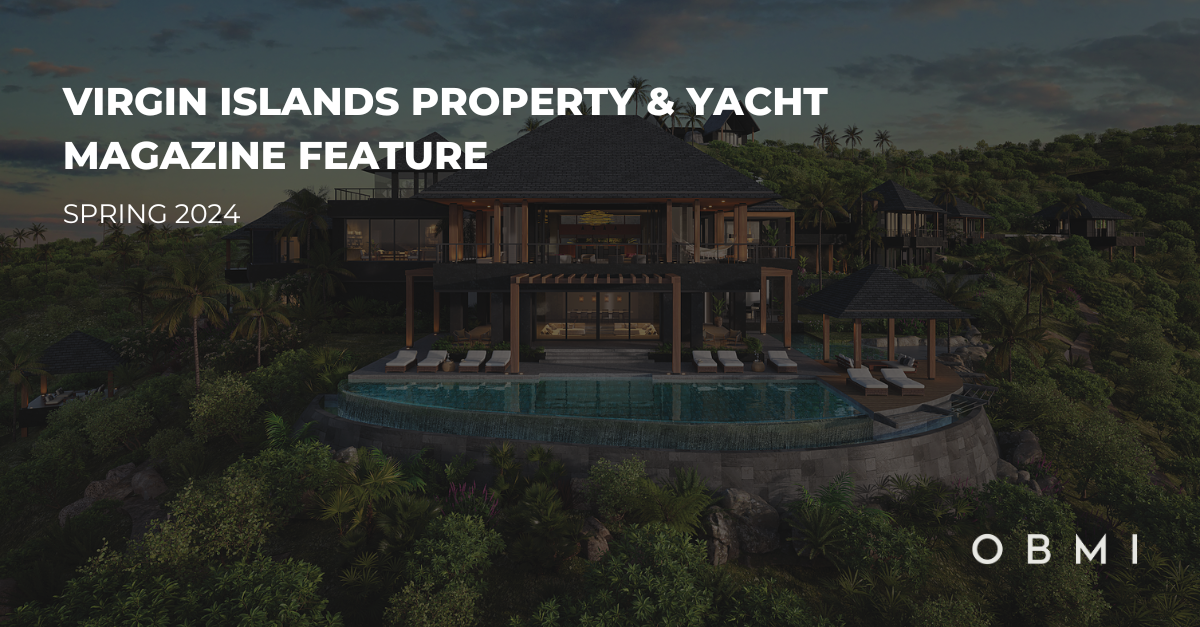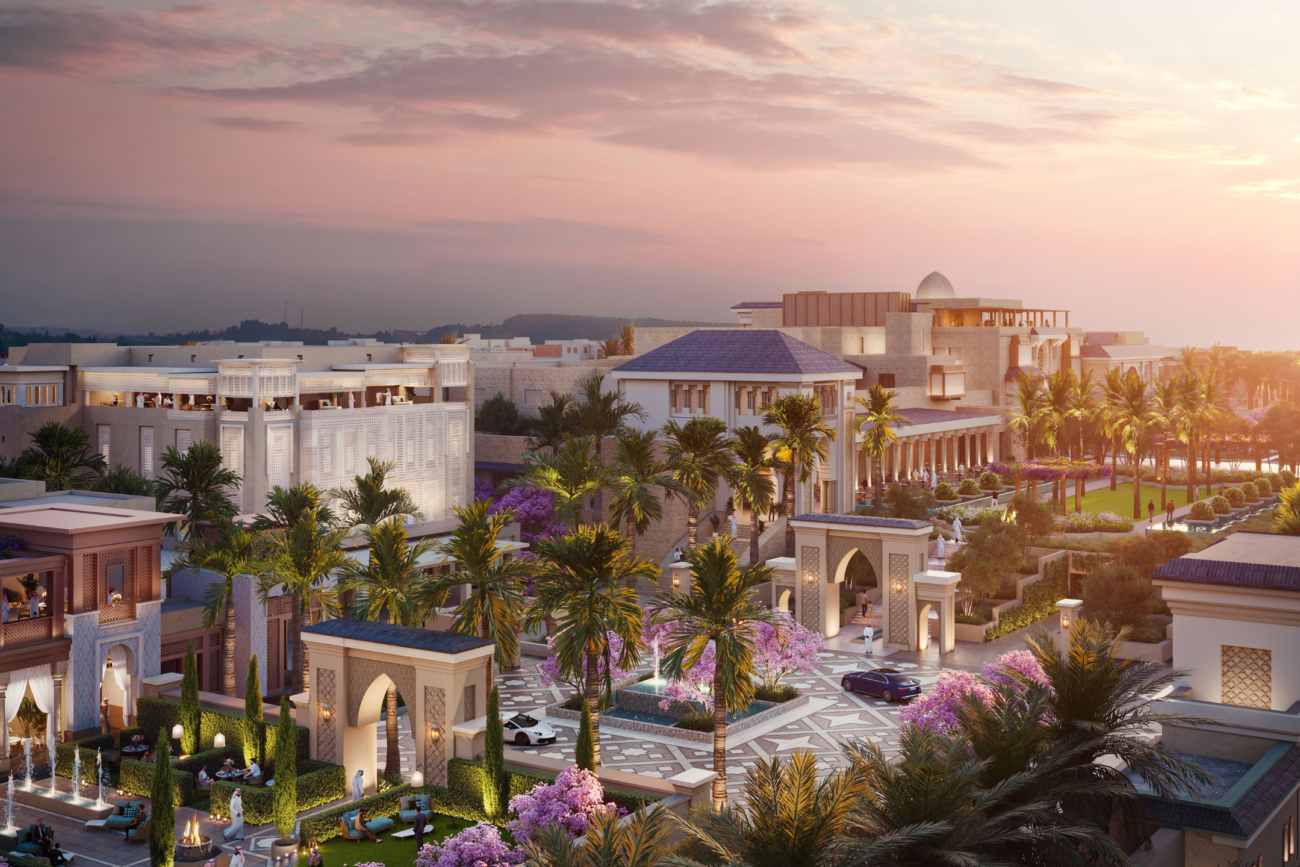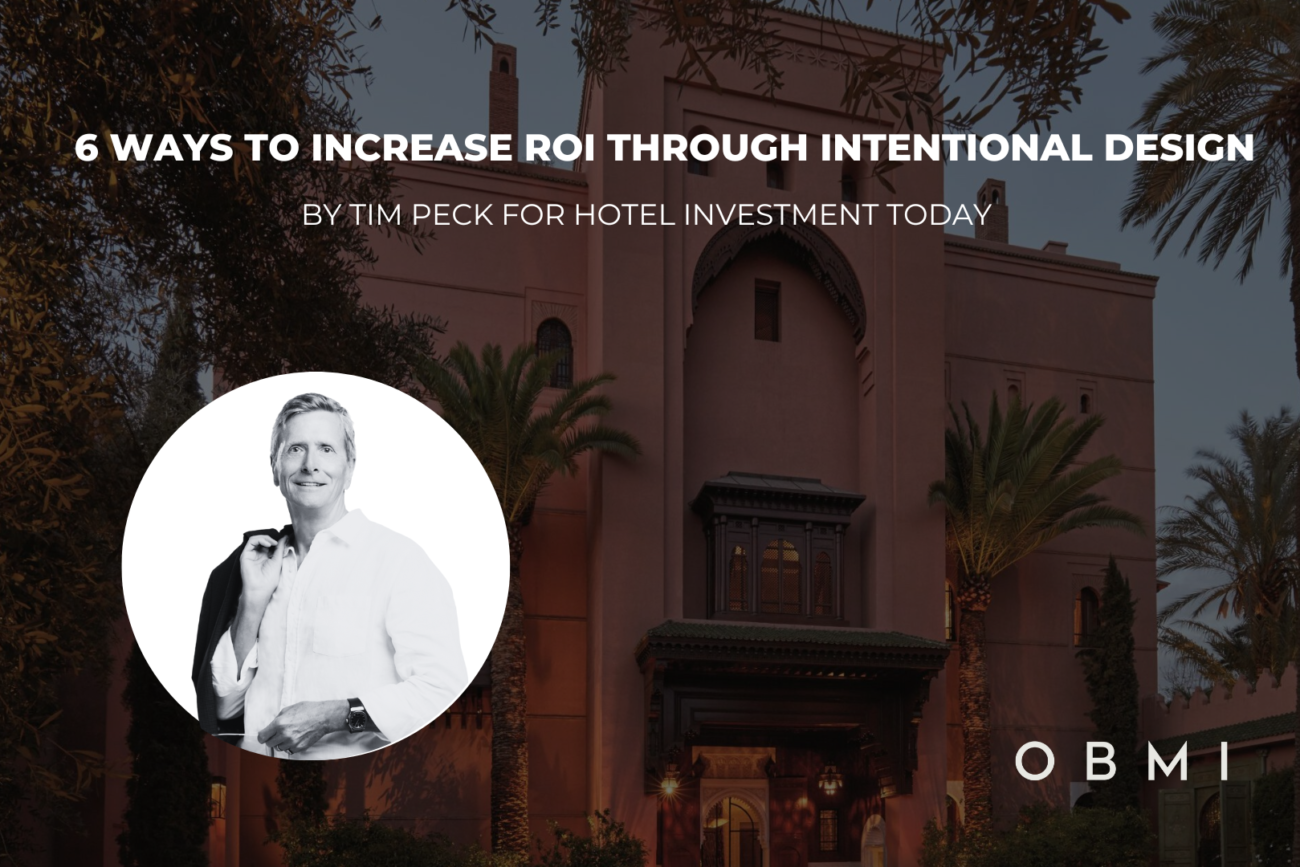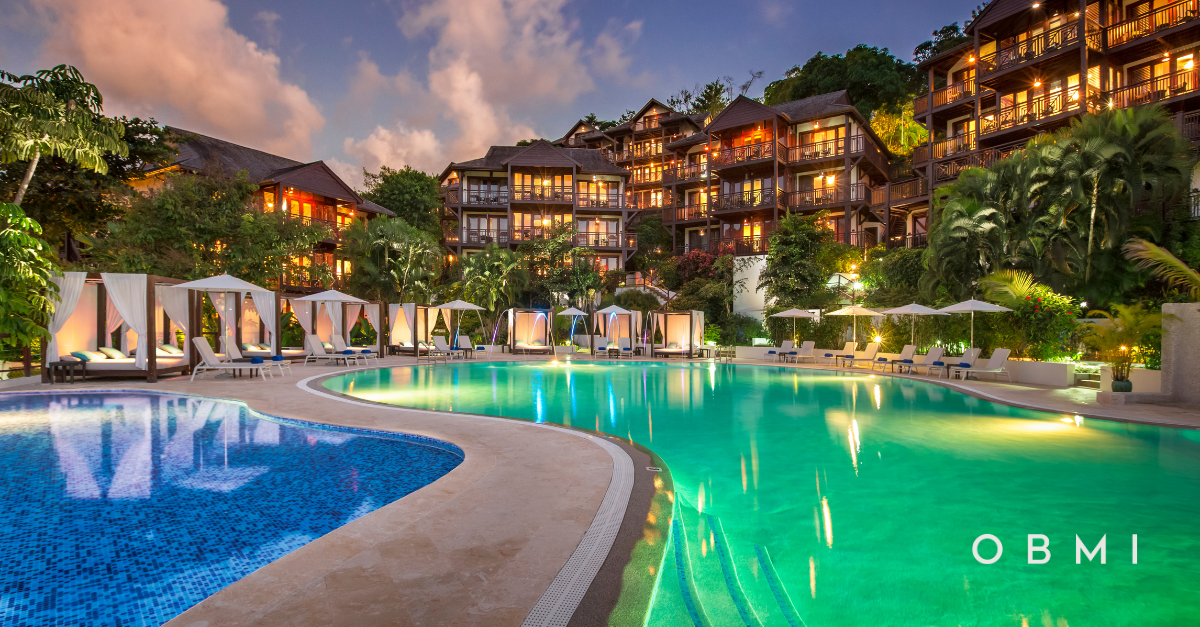The immediate benefit of buying your own private island is the opportunity to custom design your own paradise. However, the path to creating the ultimate tropical fantasy isn’t easy. There are the pleasant aspects of course, such as the planning process which includes determining how you will use and decorate the space; but deciphering local regulations and estimating a budget to get an island up and running often require expert advisement.
Bloomberg called on OBMI CEO Doug Kulig for his years of experience designing developments on remote islands such as Oil Nut Bay and Scrub Island, to help guide buyers through the typically challenging process. In chronological order, Kulig maps out how he as an architect advises his clients on how to successfully develop private islands.
Kulig suggests completing the myriad approvals for regulations, restrictions, and processes be done prior to purchase. “The island can have environmental concerns, usage concerns, you also have to understand if you’re getting a clear title to the land,” says Kulig. “Only then do you figure out what the development rights are.”
Figuring out what you want to do with the island is the more fun part of the development process. Do you want the house designed as an informal bungalow, with indoor/outdoor spaces, or do you want something more formal? “We talk about lifestyle,” Kulig says. “When are people going to use the island and how are they going to use it? It’s more than just whimsy. If you’re considering a wooden beach-house type of structure, you want to consider storm impacts in the area,” says Kulig.






